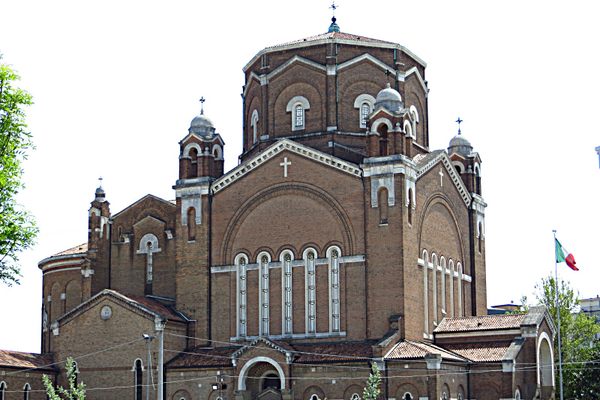About
During World War II and the occupation of Poland by Germany, symbols that were tied to Polish independence were removed or destroyed by the Nazis. Depictions of national pride, culture, or history—on buildings or in homes—were crushed by the unwelcome invaders. In some places, even the Polish language was banned.
Unsurprisingly, the Poles—who revered the banned symbols of their heritage—did not take this well.
In the city of Bydgoszcz, on the outside of the famous Fara Church there is one symbol that survived, overlooked by the Germans: a Polish White Eagle from the nation’s coat of arms.
The eagle was hidden in plain sight, on a downspout of the roof gutter that surrounds the church. The gutter had been installed in 1919 by a master roofer named Louis Sosnowski, and the eagle was added to symbolize Poland’s post-World War 1 independence following the fall of the German Empire.
The symbolic eagle gained even more sentimental value throughout the Second World War, as locals would often come to the church, look up in secret and pay tribute to this relic of national identity, untouched and unseen by the enemy all around.
To this day it remains an emblem of the struggle and pride of the people who fought back for Polish independence once again.
Related Tags
Know Before You Go
Bydgoszcz is in north central Poland, about a 3 hour drive northwest of Warsaw. The church (now cathedral) is in central Bydgoszcz, along the Brda River.
Community Contributors
Added By
Published
November 16, 2016





































